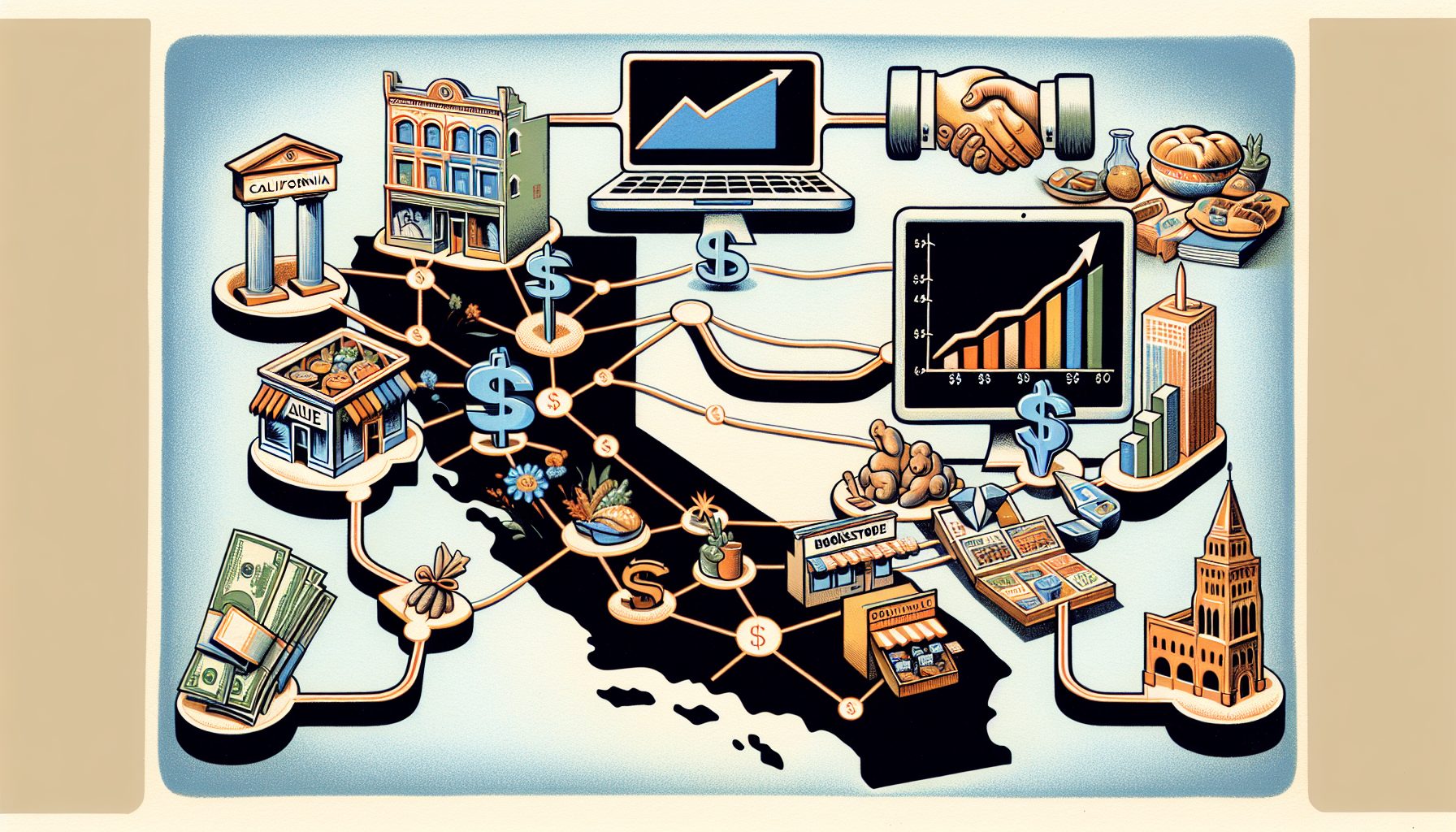Information-technology managers usually focus on software licenses and maintenance. What about electricity for power, emergency backup and cooling? Consumption per unit of computing power is dropping but computing power has increased. In many cases, electricity exceeds the cost of the computer over three years—about $300 per computer each year.
Once electricity costs are calculated, I.T. staffs can take steps to reduce power usage, typically by shutting down computers and lights in off-peak periods. Computer systems, cooling and backup must be installed for peak demand, so conserving energy off-peak doesn’t affect capital costs.
Also, when computing costs, technology staffs often just add up power ratings. Electricity demand for computers and related equipment is usually specified in volt-amperes (VA). There had been a significant conversion factor, with 1 VA equal to about 0.7 watt. But today’s redefined VA designation can almost always be freely interchanged
1 to 1 with wattage and directly converted to the way we pay for electricity, which is per kilowatt-hours used—in our tool, 150 VA becomes 0.15 kVA, for example.
Another way to spec: Neil Rasmussen, co-founder of American Power Conversion Corp. (APC), says the “power density” of data centers was originally estimated at 40 to 80 watts per square foot. Modern equipment uses more power—600 to 1,000 watts per square foot is common, and blade racks (7 square feet of floor space each) might use 1,500 to 20,000 watts, or as much as 3 kilowatts per square foot at the high end.
Power densities of even 500 watts per square foot mean extra engineering expense; typical office buildings aren’t designed for it. Vendors tend to provide a power density per rack or per floor area taken up by the racks themselves. I.T. staffs add floor area for access—multiplying rack space by four, thus reducing power density to one-quarter the equipment vendors’ totals.
Another variable: Running more than three hours while cut off from the grid requires a generator. A 10 kilowatt system is $20,000 or more. But battery backup has a high continuing cost; battery and inverter will boost power consumption by 20% to 50%.








